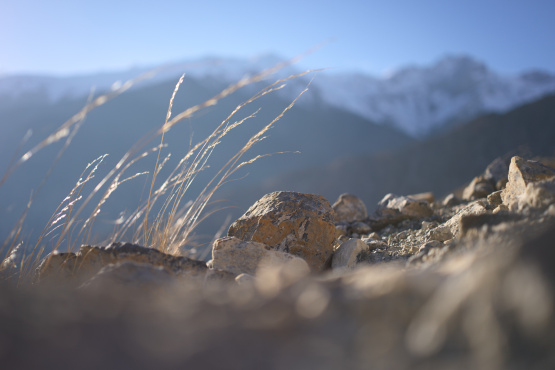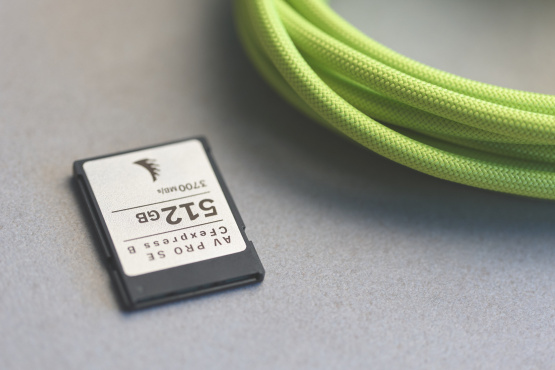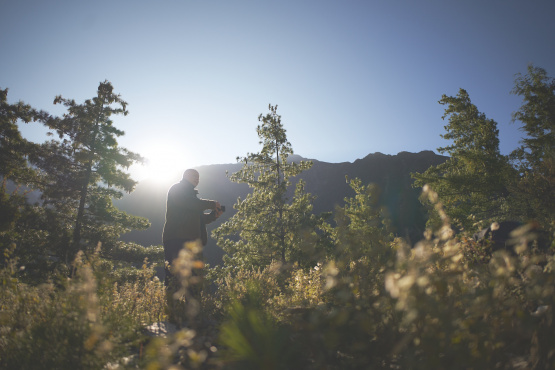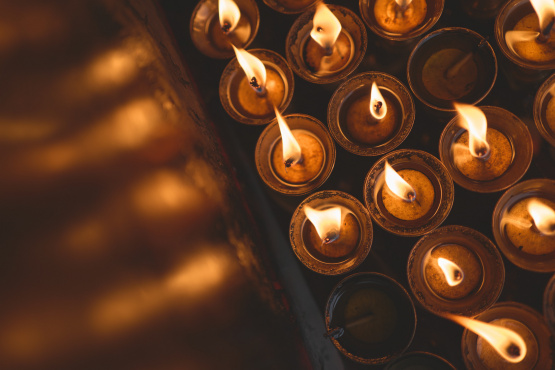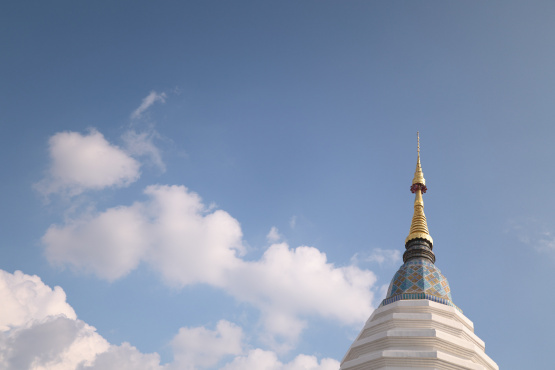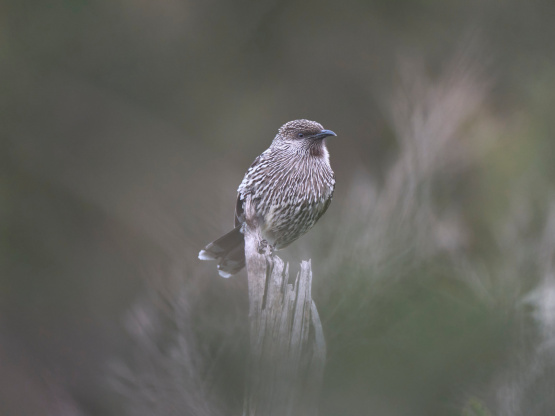We have a tendency to look into the frame for guidance on what direction to process the RAW file. As though the answers lie within the very pixels you are seeking to alter. It sounds preposterous when laid out in this manner. The direction for your processing must come from outside the frame, and inside your own creative space.
That’s what makes it hard. It’s not the technical know-how to pull sliders and tinker with contrast. It’s not how well you mastered Photoshop or if you’ve done a Capture One course. It has more to do with your influences and inspirations than anything that exists inside the RAW file.
Recently I’ve been running an online course to teach people the joys of making an eBook. It’s as much about curation as presentation, and we simply use the eBook format as a proxy for something more elaborate such as a gallery space. The same rules apply, as we explore consistency and connection between a group of diverse images. Not only is the selection of images critical for a strong collection, but the application of processing is critical too. Careful use of treatments on the RAW files can bring images together and highlight that connections. At the very least, we use processing treatments to remove conflict of tones and hues between images that sit side by side.
The use of an image inside a curated set changes the way you process the image. I do the same when sending images to a publisher, making sure to tailor the treatment to suit that publication and making sure that across the set there is a level of consistency to the style of processing so they sit nicely together on the pages. Knowing the final destination for an image is important to knowing how to process that image.
And that is something external. It’s more inside your own mind than anything inside the RAW file.
This is the great joy of shooting RAW to me. That file has immense potential and can be taken in any number of directions. It is both a single image and yet thousands of images at the same time. It’s future is limited only by what you decide, and its potential will be realised only by what clicks of the mouse you apply.
This puts all the pressure back on you. Sorry.
From here on it’s a dance between your vision and your abilities. I’ve written many times before about the “Image Gap” that exists between where we want our photography to be and where our skills allow, and this is just one more of those moments. You can flip it around though, and think of your growing potential for expression instead. Each time you learn a new skill when processing in Capture One or Lightroom, you now have a new direction to take your existing images. You also have a new potential when heading out to capture new images too.
Just remember, the inspiration must come from you. Not the image. You are the one who decides what that image should be.

Keep Reading
Join Ewen's newsletter for monthly updates on new photography articles and tour offers...Subscribe Here



